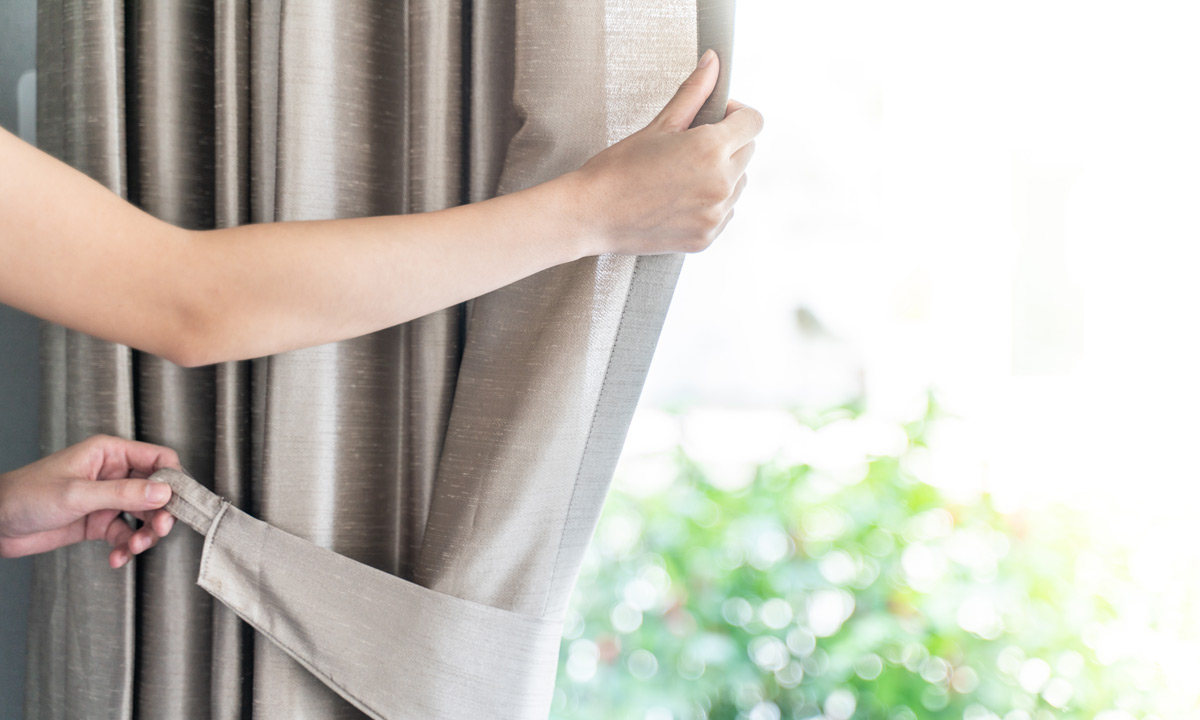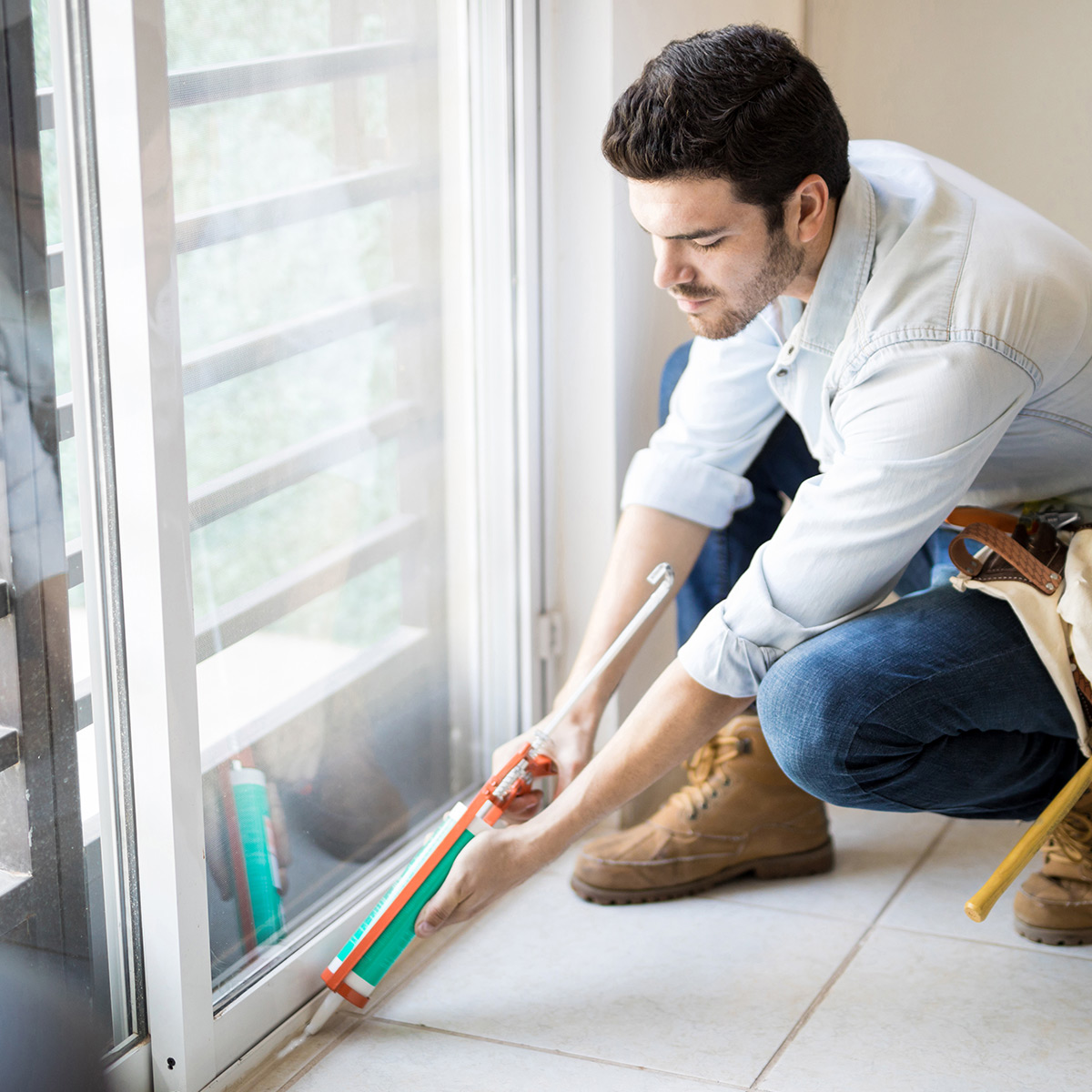Make the most of any sunlight
Sunlight is the most cost-efficient way of heating your home. It’s free. We won’t get too much of it outside of spring and summer, so it’s important we make the most of it when we do. If you have windows nearby, open your curtains in the morning and then shut them around 4pm to keep heat in. Research shows that you could reduce heat loss by around 25%. Thick, heavy curtains are best for this trick.
Block any draughts
Heat naturally goes to where it’s colder. So, if it’s got a chance to escape, it will. Don’t give it the chance by blocking up any holes, cracks or gaps in or around doors and windows. Blocking up even the slightest gap with a draught excluder or self-adhesive rubber seals will make a big difference. You might even have cracks in paintwork on your hallway, landing or staircase – you can fill these using sealant or putty, smoothing them over and painting or staining.




